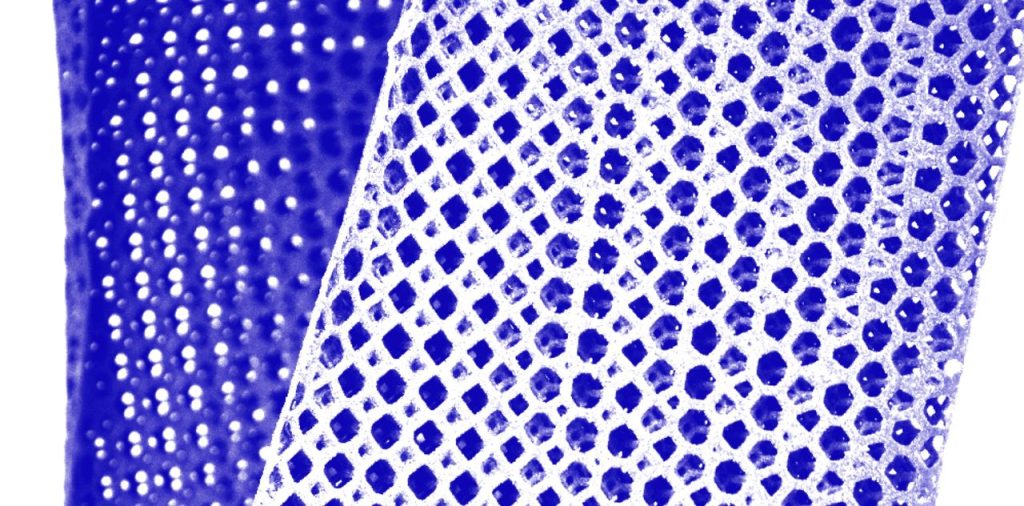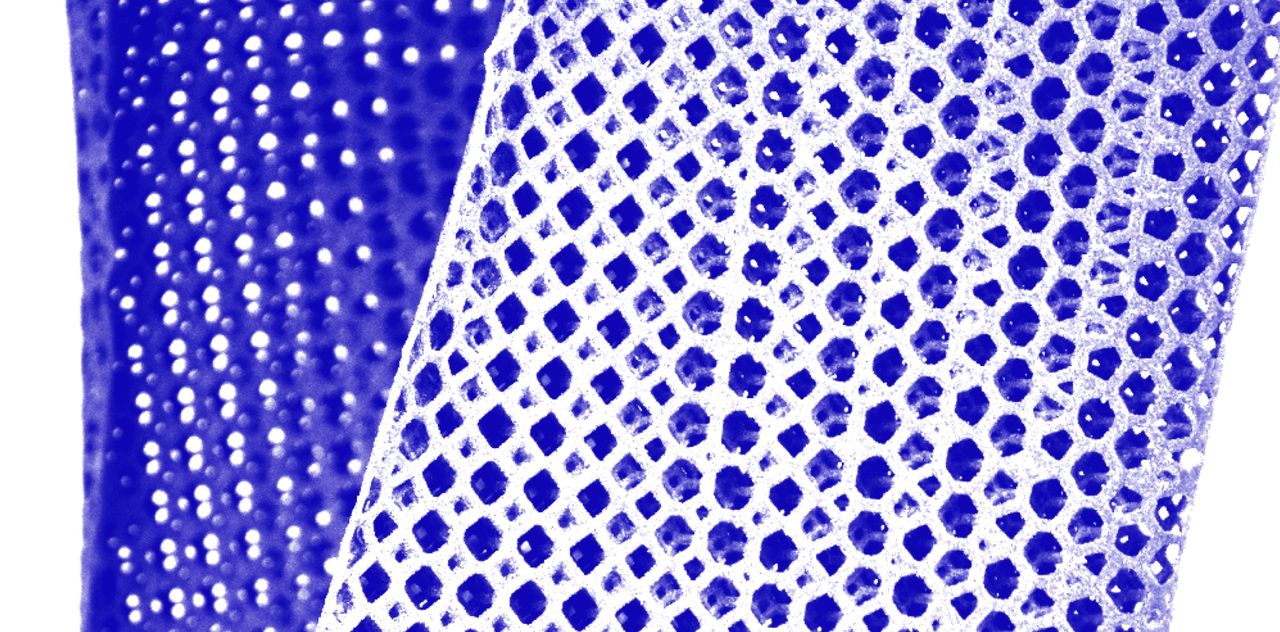
Sculpteo released their fascinating annual survey of 3D printing last week.
The 3D print service bureau has been producing these surveys and resulting reports for several years, and we’ve always promoted them due to their useful content for the industry. After the BASF takeover, I’m happy they’ve decided to continue with the survey.
https://www.fabbaloo.com/2019/11/why-did-basf-acquire-sculpteo
The survey result are free to download, and is comprised of 25 pages of detail. I’m not going to reproduce the entire survey here, but instead point out some highlights that caught my eye while perusing the report.
The survey asked questions of a large number of industry participants, including those not yet using 3D printing. Respondents were from around the world, and occupy a wide variety of roles in companies. Almost half have been using the technology for at least five years.
One finding is that apparently one third of respondents indicated that “Budget” is the biggest limitation for adoption of 3D printing. This is quite telling, because it suggests there is a much larger demand for the technology than can be served.
It may be that the “cream” of the market, that is, the high-priced aerospace, healthcare and automotive industries have been able to adopt the technology, while other less-well-funded operations have been left behind. This means that the future could be quite bright for companies offering lower-cost 3D printing solutions, and there’s a lot of them now emerging.
Another interesting finding is that 63% of respondents want better ways to recycle printed parts. Typically there are plenty of iterations printed before the final result is obtained, and these would accumulate. Every 3D printer operator I know of has a small mountain of “junk” prints that await proper recycling solutions.
Unfortunately, recycling initiatives are not yet mainstream and are mostly experimental or small. This finding suggests there could be a significant market for a proper recycling solutions. I’d use one too, if one were accessible.
About a third of respondents are using 3D printing for the production of spare parts. This is significant, as it shows the power of the digital inventory concept. Digital inventory involves holding a database of part designs and printing them on demand, rather than storing physical parts in expensive warehouses. I suspect that most of the respondents are not using sophisticated digital inventory tools, so that could be yet another major opportunity.
Eight percent of the respondents are producing more than 1000 parts, suggesting heavy use. “Power users” report 20%, and four percent are making more than 10,000 parts.
When selecting materials, apparently the biggest single concern was surface finishing options, and that jives with my observation of multiple new companies offering such capabilities.
Unsurprisingly, the only 3D print technologies that are mostly used in house are FFF and SLA. All other 3D printing processes are mostly provided by service bureaus, likely due to their complexity and cost. Again, this suggests another opening for startups providing inexpensive metal or SLS styles of equipment.
More than half of the respondents indicated that 3D printing processes are “integrated” or “fully integrated” with their business operations. This suggests deep commitment to the technology.
In spite of the relatively slow speed of individual print jobs, speed of innovation was the most important benefit of the technology. This is likely due to the speed-up of creating iterations during product development. That’s been true for many years, and it’s still true.
There’s many more findings in the report, and I encourage you to download and have a read.
Via Sculpteo

